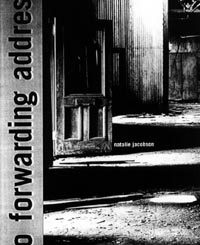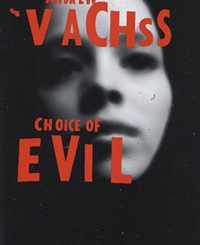 The Everlasting Story of Nory
The Everlasting Story of Nory
by Nicholson Baker
(Random House 226 pps $22)
by Thomas Christian
In his book The Fermata, author Nicholson Baker invented a character who had the ability to halt time. In this X-rated version of the childhood game “Statues,” he enjoyed voyeuristic thrills moving amongst a world of people frozen in place. When his girlfriend acquired these magical time-stopping powers, she fantasized about going to Washington and sneaking into the White House to perform oral sex on the president of the United States. Interestingly, another of Baker’s books – the 1992 released VOX, (the erotic journey of two people engaged in phone sex) has recently been identified as the much ballyhooed secret gift that Monica Lewinsky gave to President Clinton. So does art imitate life, or… ?
Sex notwithstanding, Baker’s style has always been defined by a keen sense of detail. A painter of words reproducing the most subtle of nuances; every move identified, every thought processed – a lifetime in a glance, a gesture, in the wink of an eye. With The Everlasting Story of Nory, his fifth volume of fiction and seventh book overall, the descriptive camera eye points outward from deep inside the mind of Eleanor Winslow.
“Nory” is a nine year old American girl who has transferred to the small English city of Threll for her fifth year of school. The Everlasting Story is a diary of the imaginative child’s semester abroad. Immediately, there are sweeping transitions in store for her, new friendships to be launched, different customs to be adopted. Corn flakes and waffles are out. Oatmeal is in. Pre-meal blessings are altered to include Bishops and Popes, and new strategies are required in approaching what once were simple tasks : just how does one wash in those typically European sinks – whose faucets stand a foot-and-a-half apart – without either freezing or scalding their skin?
Enrolled in the Junior School in Threll, Nory’s days in classroom are filled with teacher’s stories of ancient mythologies. She eats their ironies and metaphors; an open mind consuming the wonder of language for the first time. Given to flights of creative fancy, she swordfights to Shakespeare in drama class, and ponders Achilles’ spongy skull when he’s bathed in the waters of immortality. In her Religious Studies class, Nory draws crimson streaks across Aztec sacrifices then stands back to watch the sketch become illuminated when struck with the beams of the morning sun as it pours through crevices of the stained glass windows.
Analyzer that she is, Nory consumes reality and constructs her own tangents: when conversing with beetles or ladybugs or butterflies, she uses her human powers to assist them in averting a variety of insect world disasters. While spinning fables to her attentive dolls Samantha and Racooch, it is with reassurances and happy endings that she conveys her characters’ perseverance. In the world of a child, Good always rises to triumph: “if you had a bad dream, and you wake up really frightened, and it’s still dark, don’t just lie there unhappy.. . You tell yourself, ‘This is my dream, it came from my own brain, I control it.'”
In conjuring Nory, Baker has tapped the hope of childhood dreaming, with the remembrances of a time when the world was new and light on its feet, when unseen spirits spread their cocooning wings around wonder-filled children who believed that any great thing was possible.



